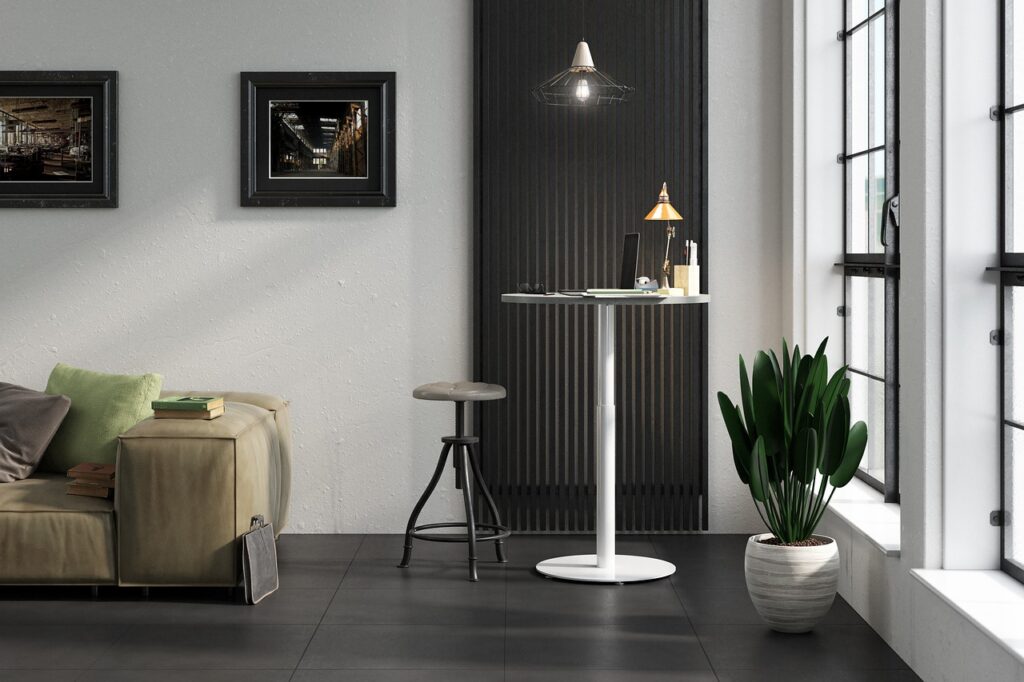Commercial interior design encompasses much more than mere aesthetics; it embodies the art of creating functional, engaging, and inspiring spaces tailored to specific business needs. In this blog, we will delve into the process of transforming abstract ideas into tangible realities, exploring the intricate journey from concept to reality in the realm of commercial interior design.
Phase 1: Understanding Client Needs
Before embarking on any project, understanding client expectations is imperative. Collaboratively identifying goals, objectives, and desired outcomes forms the foundation of successful commercial interior design projects. By analyzing factors such as target audience, company culture, and operational requirements, designers can better align their vision with clients’ aspirations.
Phase 2: Developing Concepts
Once the initial phase concludes, designers begin developing creative concepts that resonate with the identified client needs. At this juncture, designers leverage their expertise and imagination to formulate innovative proposals that balance functionality, aesthetics, and budget constraints.
Phase 3: Presenting Proposals
After refining multiple concepts, designers present their proposed plans to clients, soliciting feedback and addressing concerns. During this phase, designers strive to ensure that their proposals accurately capture the essence of the client’s vision while remaining feasible and cost-effective.
Phase 4: Finalizing Plans
Upon receiving approval from the client, designers finalize detailed floor plans, elevations, and renderings. These documents serve as roadmaps guiding construction crews throughout the execution phase.
Phase 5: Construction and Installation
During this phase, contractors and builders execute the approved plan, bringing the designer’s vision to fruition. Throughout this period, designers maintain close contact with construction teams, ensuring compliance with the agreed-upon standards and timelines.
Phase 6: Post-Construction Services
Following the completion of the physical transformation, designers continue to engage with clients, providing guidance and assistance during the post-construction phase. This includes training staff on new technologies, troubleshooting issues, and monitoring ongoing maintenance requirements.
Applications of Commercial Interior Design
Office Interior Design
Office interior design revolves around optimizing workflows, improving employee productivity, and enhancing overall well-being. By integrating elements such as biophilic design, ergonomic furniture, and advanced technological infrastructure, designers create spaces that nurture growth and development.
Corporate Interior Design
Corporate interior design involves crafting sophisticated and professional environments that embody a company’s core values and mission statements. By implementing strategies such as sustainable design, geometrical patterns, and color theory, designers create spaces that convey a strong corporate image.
Retail Design
Retail design centers around captivating consumers, compelling them to make purchases. By utilizing techniques such as experiential marketing, storytelling, and sensory stimuli, designers create immersive shopping experiences that leave lasting impressions.
Restaurant and Bar Interior Design
Restaurant and bar interior design revolves around creating ambiances that encourage guests to linger longer and spend more money. By combining elements such as mood lighting, acoustical treatment, and spatial organization, designers create atmospheres that delight and excite.
Hotel Interior Design
Hotel interior design focuses on creating luxurious and memorable guest experiences. By incorporating elements such as bespoke furnishings, intuitive room layouts, and personalized amenities, designers create accommodations that exceed guests’ expectations.
Conclusion
In conclusion, commercial interior design is a multifaceted discipline that requires a deep understanding of client needs, creative vision, and technical expertise. From understanding client expectations to developing concepts, presenting proposals, finalizing plans, and executing construction, the process of commercial interior design is a complex and intricate journey. By leveraging the latest trends and techniques in office interior design, corporate interior design, retail design, restaurant and bar interior design, and hotel interior design, designers can create inspiring, functional, and engaging spaces that enhance productivity, boost morale, and improve overall well-being.





